An insightful Walkthrough on the Ethereum Merge
 Mayowa Ogungbola
Mayowa Ogungbola
Introduction
The famous event that the whole world of Decentralization got dressed for. Even companies had 24hrs watch in anticipation of the event. This revolutionary event was so important to the web3 ecosystem being the first ever. So what exactly happened during this event?
Throughout this article, we'll go deep into the juice and insightful facts about this event, and why it was so important that it caused such a ripple in the web3 space.
What is the Ethereum Merge
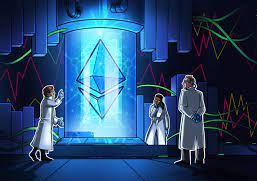
Firstly, Let's be crystal clear. The merge event in context is not some ancient tribal merge or one of the few hundreds of merger events between companies. The Ethereum Merge is the first-ever merge in the web3 space and the world of decentralization.
The recent Merge in the Ethereum Blockchain was said to be a revolutionary upgrade to the Ethereum Main-network. Where the two versions of Ethereum running in parallel will be merged in two phases to form the Ethereum 2.0 network.
Since the release of the second largest cryptocurrency (The Ethereum Network) on the 30th of July 2015. The network has been running on 2 different versions:
The Blockchain &
While the Blockchain holds all records of validated transactions as a decentralized ledger, and the Consensus mechanism is basically how the blockchain ensures uniformity of all the forms of transactions in the network.
Until the recent merge in the network, the two versions have made use of a Proof of Work (PoW) and Proof of Stake (PoS) as their consensus mechanism. This means the network wasn't fully running on PoS.
Consensus Mechanism
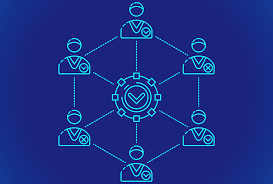
The consensus mechanism is simply the system the blockchain uses to validate a transaction before adding it to the blockchain ledger. There are several types of consensus mechanisms:
- Proof of Work (PoW)
- Proof of Stake (PoS)
- Delegated Proof of Stake (DPoS)
- Proof of Importance (PoI)
- Proof of Capacity (PoC)
- Proof of Elapsed Time (PoET)
- Proof of Activity (PoA)
- Proof of Authority (PoA)
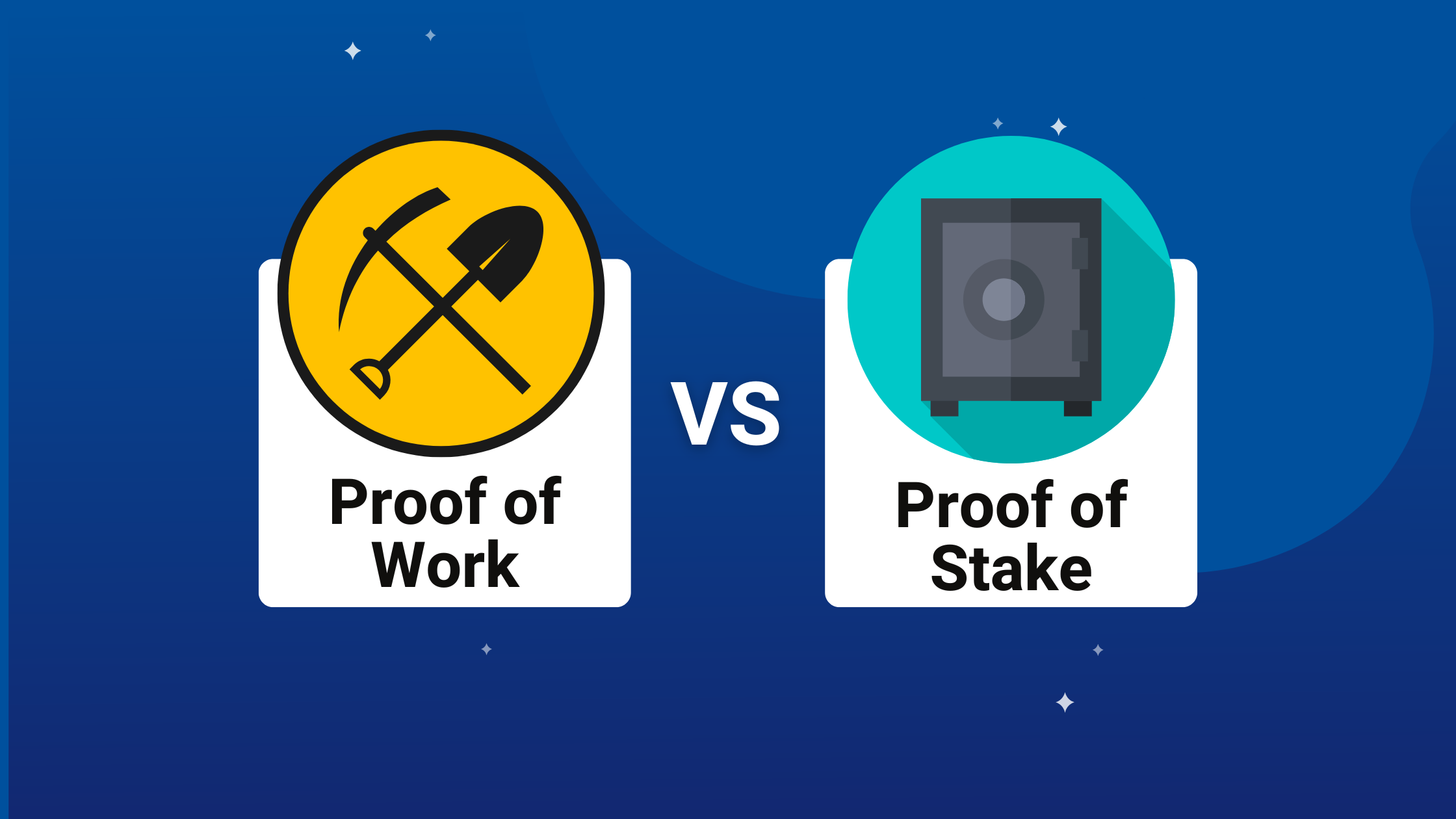 Proof of Work (PoW) and Proof of Stake (PoS) have proven to be the most proficient and effective.
Proof of Work (PoW) and Proof of Stake (PoS) have proven to be the most proficient and effective.
Proof of Work
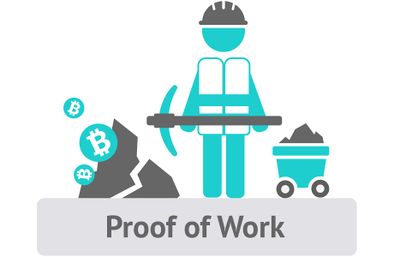
The proof of work is a system where all transactions made are validated by a decentralized system of computation power. In this system, transactions are approved when a more significant number of individuals called miners running the node have validated the authenticity of a particular transaction. The miners earn a reward for it.
Why not Proof of Work
As astonishing as this method might sound. It just wasn't the best, and had changed why? For the network to run on PoW, this means that every miner has to consume a massive amount of computational power, just to validate a transaction and receive an incentive. So they decided to bring in the new guy Proof of Stake (PoS).
Why Proof of Stake
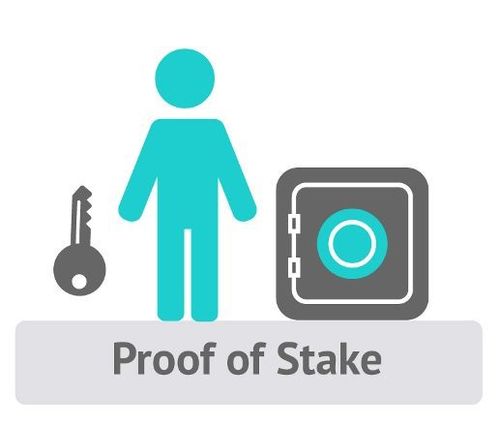
The proof of stake, on the other hand, is a system that ensures consensus in the network by asking people to put up their crypto assets as collateral for the chance to have their records of transactions made official and earn a reward for it.
The proof of stake is said to be a much better mechanism of consensus which is why after the merge the Ethereum network will fully run on the proof of stake as its only consensus mechanism. This way, there will be a vast increase in the security of the network, a 99.5% decrease in the computational power it consumes in the PoW system, bringing about a minimum of 6% increase in the currency value, and a lot of other advantages. No massive Computation power Is being used in this System.
Benefits of the Merge
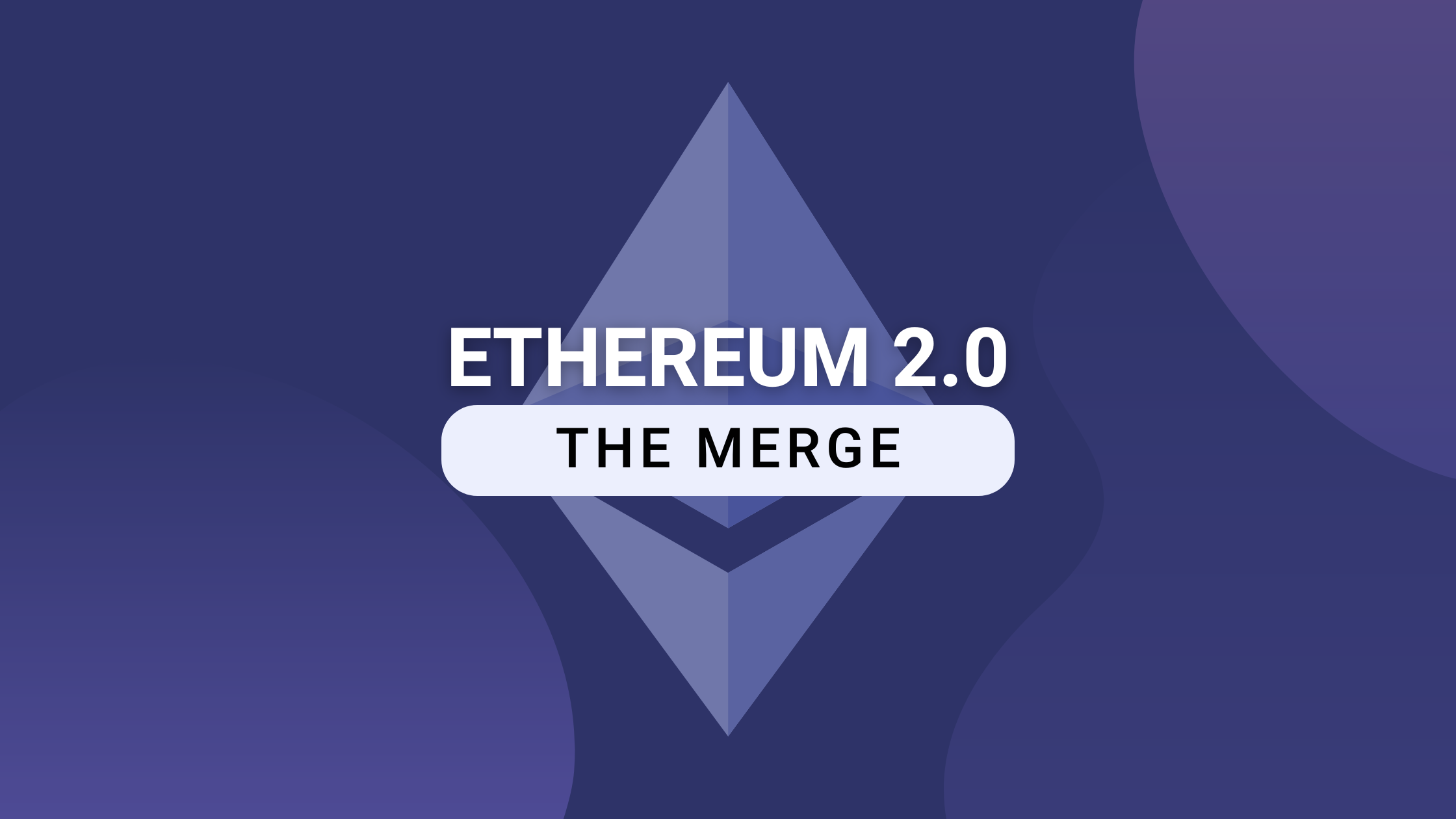
Although we haven't seen enough to conclude on the effects of the merge, after bringing in the new guy PoS. The Ethereum 2.0 network was anticipated to come with the following improvements:
Computational Power Consumption: This means there will be a massive reduction in the computational power required to run the verification process in the blockchain. Up to 99% decrease in power consumption.
- Onboarding More Miners: As a result of the reduction of computational power that was required to run the chain. Now that the consensus will fully run on PoS, more miners can take up the task of validating transactions. This will also result in much faster transaction approvals.
Security: The PoS method also improves the security level of the chain significantly. Before the merge, it would take an attacker a few smart and lucky steps to compromise a chain by bringing in one or 2 more people to follow his/her chain. But now an invader would have to hold minimal control over 51% of the blockchain value to successfully compromise the chain.
Increase in Token Valuation: Ethereum 2.0 was promised to have a 6% increase in valuation. This is yet to be the case currently.
What does this mean for the TestNets?
Since the completion of the Merge, its been confirmed that Kiln, Rinkeby, and Ropsten testnets have officially been deprecated (No longer in use). Meanwhile, other testNets like Goerli, Sepolia Celo alfajore, etc are still fully active and running.
How and Where did the Merge happen
The Merge was only completed after 2 stages. The first stage was a Bellatrix hard fork triggered by an epoch height, it happened on the 6th of September 2022 (144896) introducing the Beacon chain. The second stage of the upgrade happened on the 15th of September 2022 in Paris and was triggered by the Terminal Total Difficulty (TTD) threshold. After this, the Ethereum merge was finally complete and ushered in the new ETHEREUM 2.0.
Conclusion
The Ethereum Merge has hit the top interest of the web3 community, for miners, developers, traders, and business firms. Now we are on the verge of discovering all the new features and profits that Ethereum 2.0 has to offer. Of course, we are not expecting Ethereum 2.0 to be the Holy grail of the web3 space.
We all anticipate the benefits and mystery that come with the New Ethereum 2.0.
Subscribe to my newsletter
Read articles from Mayowa Ogungbola directly inside your inbox. Subscribe to the newsletter, and don't miss out.
Written by
Mayowa Ogungbola
Mayowa Ogungbola
Hi I'm Phenzic I simply wanna help you transition into web3 seamlessly...